Freedom From Religion: A #FSYALit discussion of Burned and the Choice to Walk Away, a guest post by Sarah Alexander
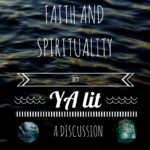 Last week as part of the #FSYALit Discussion, Sam Taylor shared her thoughts about Mormon representation in YA literature. Today, we have a differing interpretation of BURNED by Ellen Hopkins by guest poster Sarah Alexander.
Last week as part of the #FSYALit Discussion, Sam Taylor shared her thoughts about Mormon representation in YA literature. Today, we have a differing interpretation of BURNED by Ellen Hopkins by guest poster Sarah Alexander.
Much of the discussion in this project has been about the need for YA books that show teens grappling with their faith and finding ways to reconcile that faith with the world around them. I wholeheartedly agree that this is a thing we need. We need to see teens that are Mormon and open minded, Catholic and gay, Muslim and feminist. But I think that it is also important to show that walking away from things that hurt you – whether they mean to do that or not – is also okay. That practicing freedom of religion sometimes means freedom from religion. Because to walk away from a religion you were raised in is excruciating and difficult, and sometimes it really is the right thing to do.
ADVERTISEMENT
ADVERTISEMENT
I was raised Mormon. And I’m not anymore.
The books that show this kind of journey tend to focus on pretty extreme situations. The Miseducation of Cameron Post by Emily Danforth, Devoted by Jennifer Mathieu, and The Sacred Lies of Minnow Bly by Stephanie Oakes are three fantastic examples. We look at these books and distance ourselves from that level of religious extremity, which makes these girls’ decisions to leave their faiths easier for us to swallow. We tell ourselves that it’s not the same. Being against same-sex marriage is different than sending your kid away to de-gaying camp (Cam Post). Enforcing a certain dress code is different than forbidding your girls to wear swimsuits. (Devoted). Having strict rules is not the same as cutting off your daughter’s hands (Minnow). And we’re right; it’s not the same. But I can’t help wondering, as a former Mormon girl, about what’s bubbling underneath?
Cult/religious YA is one of my literary catnip genres. I can’t resist these books, even as they make me sad. I devour these stories because they’re true. They happened to people every day, particularly girls. And because underneath the extremity that separates my growing up from theirs are connections and similarities that take me right back to it all and remind me why turning my back on the way I was raised was the best thing I ever did.
As a teenage Mormon girl, my head was full of questions and doubts and a nagging sense of dread about the faith I was raised in. I remember desperately searching for reassurance that having these feelings was okay. The message I received from my church leaders and parents was that if I prayed, God would answer my questions and reassure me. Except that direction was given in complete expectation that the answers and reassurance God would bring me would lead me back to the teachings of the Mormon Church. So when the answers I found took me farther away instead, I really could have used a book like Burned by Ellen Hopkins. 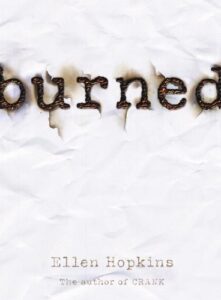
Sam Taylor wrote a great deal about Burned in her post about Mormonism in YA, and it’s a wonderful perspective that I completely respect. But while Ms. Taylor did not feel it was an accurate representation of the Mormon Church, I absolutely did. An unflattering representation to be sure but unflattering does not necessarily mean inaccurate. It resurrected all my memories of the way growing up Mormon made me feel. I saw myself. I saw my own journey, and many of the factors that led me to leave.
Burned is the story of Pattyn, a seventeen-year-old Mormon girl. She’s the oldest of seven siblings, the daughter of an abusive alcoholic father, and smarter than most people give her credit for. When she’s caught fooling around with a non-Mormon boy she is sent off to live with her aunt, which turns out to be both the best and worst thing that could have happened to her.
While I absolutely will say that her situation is extreme, that the vast majority of Mormon fathers – including my own – neither drink nor abuse their wives and children, the power structure I saw reflected in Burned was all too familiar to me. Pattyn and I both lived in a world where men held all the power. Where twelve-year-old boys had higher standing in the church than grown women. Where the church leaders had the power to hurt, to enable, and to manipulate. Much of the time they did not abuse that power – at least not intentionally – but sometimes they did. And even if it came from a place of really truly believing they were doing the best thing for me by hauling me into the Bishop’s office to lecture me about my behavior as Pattyn’s Bishop did, that still didn’t change the message.
“Really. What have you got
to say for yourself? You’ve always
been such a good girl.
Good girl. Sit. Stay. Fetch.
Bristles rose up along my
spine. ‘Define good.’”
Burned is unflinching in its portrayal of the expected gender roles in Mormon families. And yes, it is heightened, more extreme than most Mormon teens experience, but Hopkins has taken the subtle underlying messages that haunted me my whole life and let them breath out in the open where they are harder to ignore. No, not all Mormon wives are baby-making machines, but families with upwards of four and five children were very, very common in my home ward. No, girls aren’t actively discouraged from driving or reading or going to college, but twice a week in Young Women we were taught to cook and sew and Keep a Happy Home, while the boys were taught finances, business and survival skills. I was told time and time and time again through words and actions and direct instruction that a woman’s first and most important job was to marry and bear children.
“All in the hopes
that when they died
and reached up from the grave,
their husbands would grab
hold, tug hard, and allow
them to enter heaven.”
Without a temple marriage, I was taught, I could not go to the highest level of heaven. I needed a husband to tell me the “secret/ codes to open the door.” But my brother didn’t need a wife to do anything or get anywhere. So what else was I to conclude but what Pattyn says: “Women are inferior. / And God likes it that way.”
Mormons are famous, though not alone, in their obsession with chastity, particularly among girls. A church leader, who was also a cop, once came to my Young Women’s class to teach us a bit about self-defense. I’ll never forget him telling a room full of teenage girls, “Other people will tell you that the most important thing in a sexual assault is to survive. They’re wrong. I’m here to tell you that it is not better to be raped than die, it is better to die than be raped.” So when Pattyn’s Seminary teacher says “A true Mormon / would rather bury a child / than see her lose her chastity.” It didn’t feel at all off the mark.
It’s also the little things in Burned that struck home. Pattyn’s reluctance to drink coffee even after breaking so many other rules. The emphasis on journal keeping, but the instruction to write down only the good and happy things. Having a year’s worth of food in storage for when the Second Coming happens. It’s that closed in feeling Pattyn has until she goes away to Aunt’s J’s house, and that feeling of freedom she has once she gets there.
ADVERTISEMENT
ADVERTISEMENT
And Aunt J. How I wish I had had an Aunt J when I was Pattyn’s age. She never tries to talk Pattyn out of her faith, but she’s there to listen and to help her sort through things. She gives Pattyn subtle and practical sex advice (ie: wear protection). She teaches Pattyn to drive, literally giving her freedom she never had before. But more than that, she gives Pattyn room to breath, to figure out what she thinks for herself – something I never experienced in a religion that inhabits every microbe of your existence.
It’s not my intention to paint Mormons or Mormonism as innately horrible. Most Mormons (and Catholics and Jews and Muslims et all) are good people trying to do good in the world the best way they know how. Pattyn’s world, like our world, is full of some very bad people. They’re not bad because they are Mormon, they’re bad and they are Mormon. I understand the instinct to want to distance oneself from these characters who represent the worst of us, but just as it is important to show characters who are religious and good, it also is important to show characters who are religious and bad.
What I want more of, are stories where teens are allowed to struggle with religion and decide it’s not for them without there being a threat of death or dismemberment or active brainwashing. I want authentic stories that incorporate religion, but where teens can see that sometimes taking a very different path from the one you’ve walked your whole life is fine. Maybe they convert to a different religion. Maybe they eventually come back.
Or maybe, just maybe, they find they don’t need religion to be a complete version of themselves. And that’s okay too.
Meet Our Guest Poster
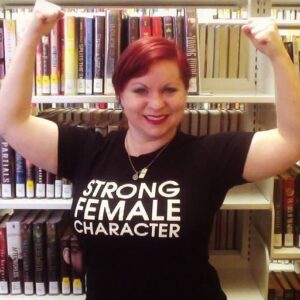 Sarah Alexander began her library career in middle school as a lunchtime volunteer, largely so she could override the limits and check twelve books out to herself at once. Her graduate thesis “Where the Queer Things Are: Library Services to LGBTQ Youth” was recognized for distinction, and serving queer teens continues to be her specialty and passion. Now a Teen Librarian in Chicago, Sarah spends her days discovering new tech, discussing new books, and losing spectacularly at video games with her teens. She writes about (mostly) YA stuff at her blog https://lezbrarian.wordpress.com/. You can also follow her on Twitter @Lez_brarian
Sarah Alexander began her library career in middle school as a lunchtime volunteer, largely so she could override the limits and check twelve books out to herself at once. Her graduate thesis “Where the Queer Things Are: Library Services to LGBTQ Youth” was recognized for distinction, and serving queer teens continues to be her specialty and passion. Now a Teen Librarian in Chicago, Sarah spends her days discovering new tech, discussing new books, and losing spectacularly at video games with her teens. She writes about (mostly) YA stuff at her blog https://lezbrarian.wordpress.com/. You can also follow her on Twitter @Lez_brarian
Filed under: #FSYALit
About Karen Jensen, MLS
Karen Jensen has been a Teen Services Librarian for almost 30 years. She created TLT in 2011 and is the co-editor of The Whole Library Handbook: Teen Services with Heather Booth (ALA Editions, 2014).
ADVERTISEMENT
ADVERTISEMENT
SLJ Blog Network
One Star Review, Guess Who? (#202)
This Q&A is Going Exactly As Planned: A Talk with Tao Nyeu About Her Latest Book
Exclusive: Giant Magical Otters Invade New Hex Vet Graphic Novel | News
Parsing Religion in Public Schools
ADVERTISEMENT

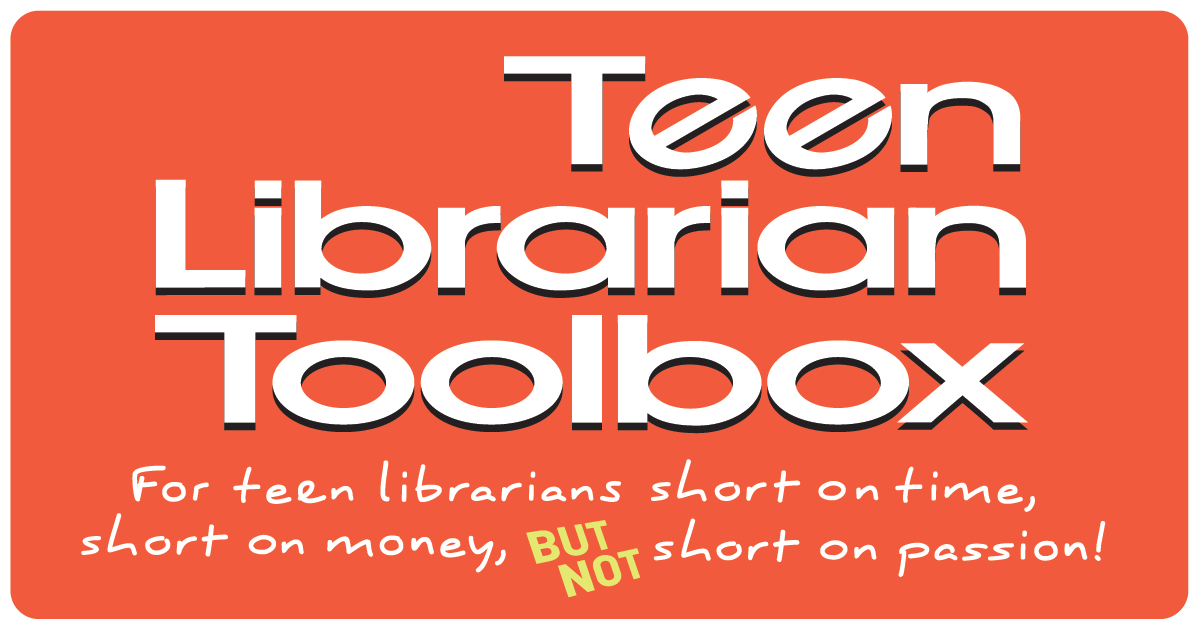

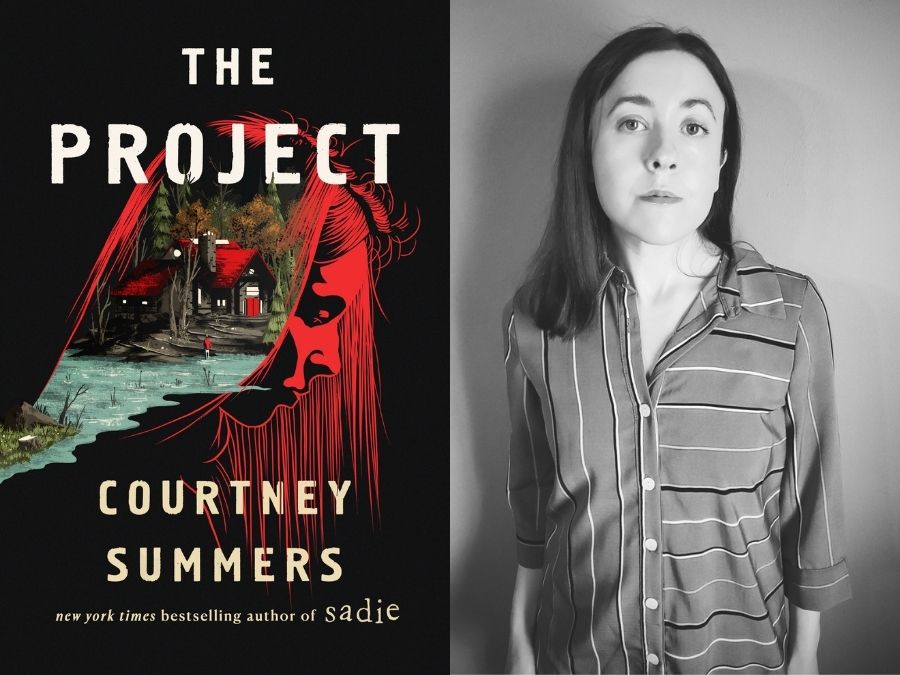

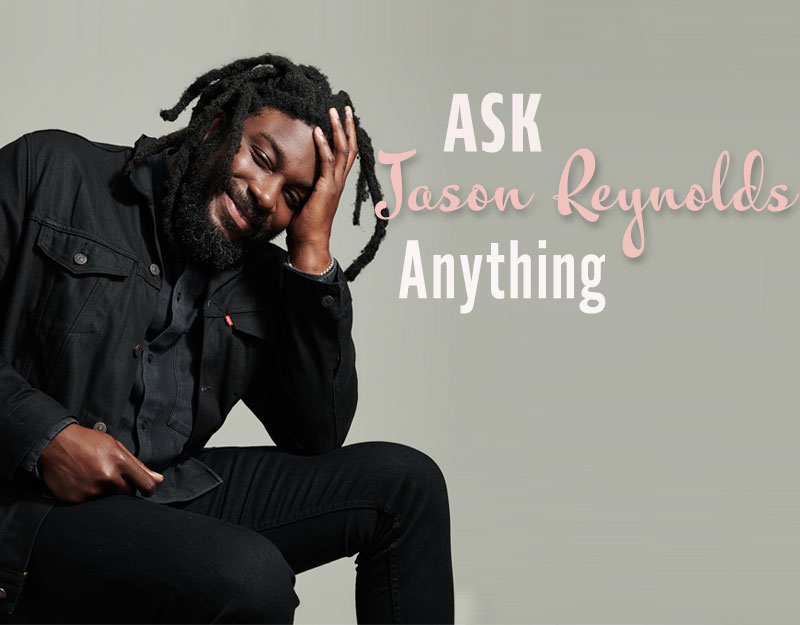
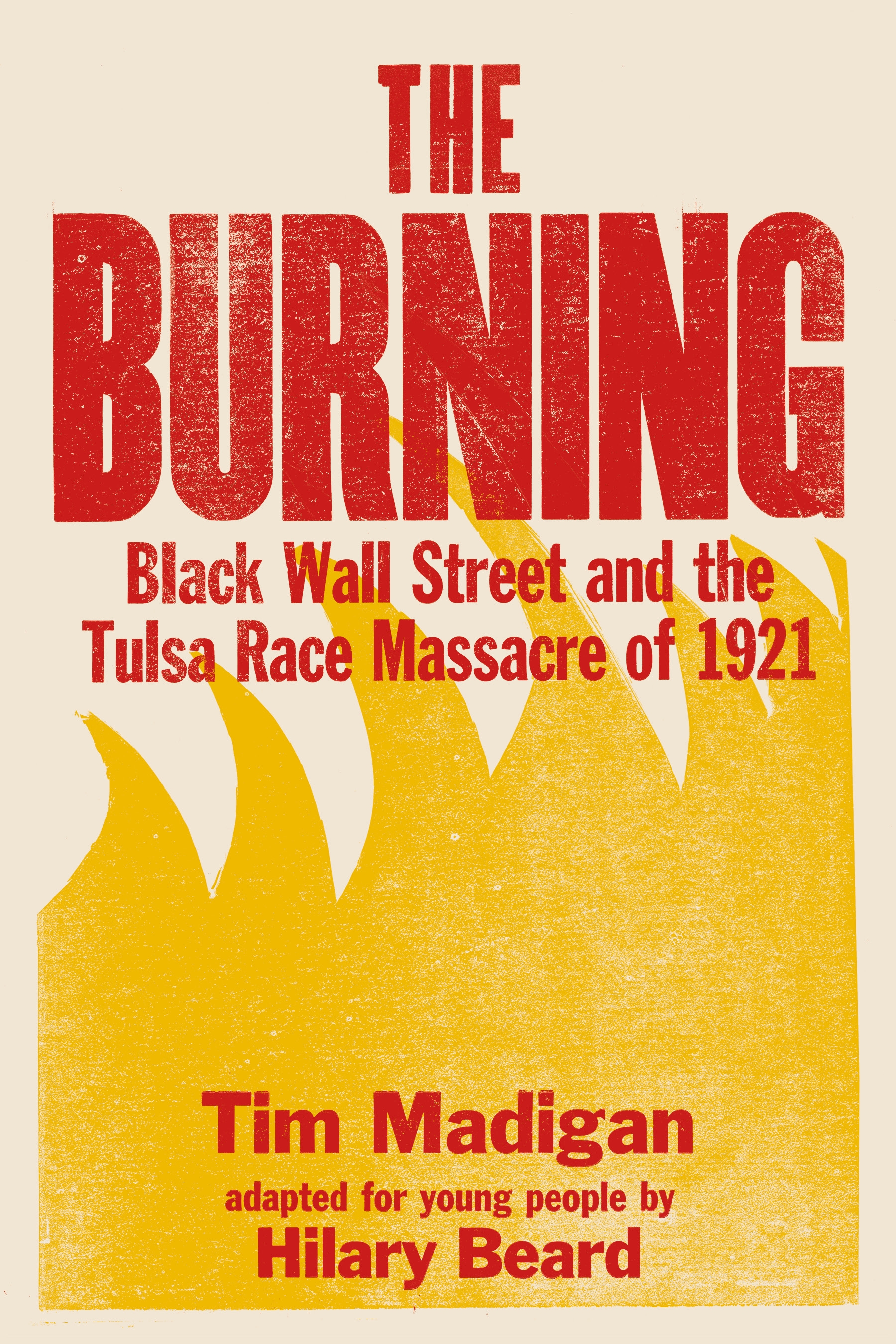

Thank you for this post!